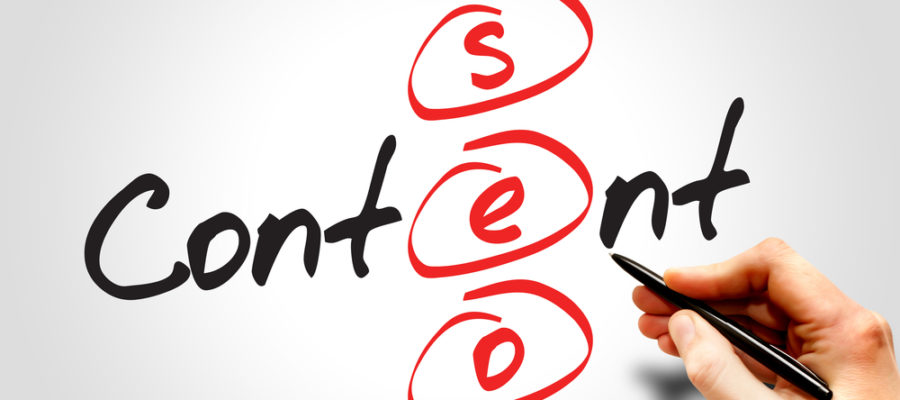How To Write SEO-Friendly Blog Posts That Matter To Readers

In 2019, SEO-conscious bloggers all know the value of content uniqueness, good post length and avoiding keyword stuffing. We’ve come up with a 5-part strategy to add additional SEO value to your posts. Post consistently using these five tactics and blog can help boost your website to the top of search engines!
- Plan Your Blog
- Structure Your Blog
- Use and Optimize Headings in Your Blog
- Optimize Your Images
- Pay Attention to Meta Descriptions
Having SEO-Friendly Blog Posts Matters, Take the Right Steps!
 1. Take Time to Plan Ahead
1. Take Time to Plan Ahead
Your blog post needs to stand out, be useful to your target audience, and help your business generate conversions. All of this can be accomplished through careful planning of your post before it’s even written. We suggest that you avoid writing your topics on the fly. Plan ahead; think about what’s trending in your industry and build an interesting post around that. You could even take a look at your competition’s blog content and springboard an original idea from related topics. Planning is essential! Before you’ve typed your first word, you should have a clear answer to these four questions:
- What topic will I cover in my blog?
- What keywords will be the most useful for my post?
- What is my goal with this post?
- How do my readers benefit from my words?
2. Structure Your Blog Before Creating a Title
The next step in creating SEO-friendly blog posts is to structure your blog. When you create a structure for your blog, you have a distinct plan in mind and your writing becomes more focused and to-the-point. Coming up with a specific structure also gives you the room to write your blog in more than one sitting and also gives you space to really focus on your optimization and SEO targets, which are essentially the main point of writing your blog in the first place.
3. Use Headings and Use Them Right
You want your post to be optimized to the max. So, remember that a well-optimized post uses headings and should follow specific rules.
There Can Be Only One H1
Your H1 tag is going to be your title 99 percent of the time. The main point of your H1 tag is to have it display what your blog is about while also using those target keywords you planned out earlier.
Keep Your Headings in Their Place
Use hierarchical ordering to split up your post. H1 is usually your title, with the meat of your blog consisting of H2s, and your subsections resting underneath some solid H3 headings.
 4. Don’t Forget to Optimize Your Images
4. Don’t Forget to Optimize Your Images
Optimization doesn’t stop with your words and the length of your content. SEO-friendliness also includes image optimization. Every media element in your post should be optimized. For example, if you are using a JPEG, don’t just leave the title of your image as a jumble of random numbers. By optimizing image titles, you help Google relate that page to those keywords and your SEO score becomes even better.
5. Treat Your Meta Description with Importance
While your title and URL must be optimized for ranking purposes, meta description optimization is important because it’s your opportunity to create the best preview possible for your post. You have 156 characters, so make it count!
- Don’t copy your title
- Make your meta description show value
- Keep the audience wanting more
- Use your keywords
Get Your Content SEO-Ready with Content Services from Dallas SEO Dogs
Creating unique content that leads to conversions is a lengthy process that takes time, experience, and research to accomplish the right way. Content is a full-time job, and the team at Dallas SEO Dogs is ready to take over this position for you in your business. Our content team has the tools and skill set to create relevant content that is instantly SEO-friendly. Please fill out the form below or call us for a free content consultation.
